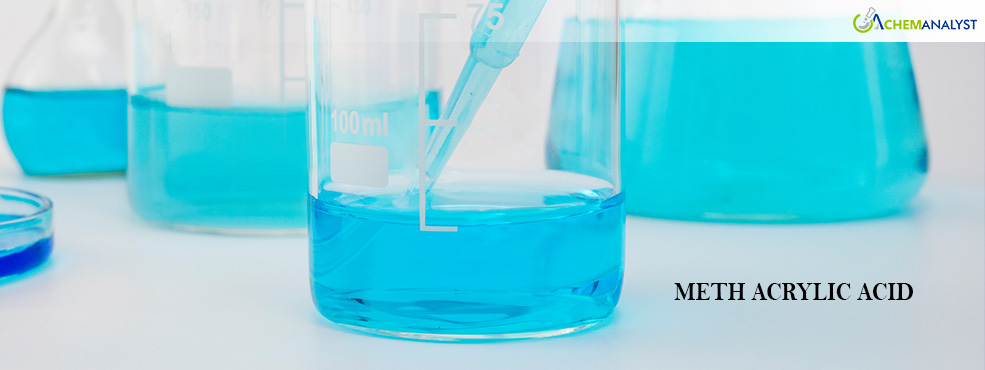U.S. Methacrylic Acid Prices Drop as Demand Softens, Tariff Uncertainty Looms
- 31-Jan-2025 2:15 PM
- Journalist: Phoebe Cary
The U.S. Methacrylic acid (MAA) market faced notable price declines in January, driven by weakening demand, stable raw material costs, and heightened market uncertainties tied to upcoming manufacturing tariffs.
Methacrylic acid (MAA) prices in the U.S. experienced a downturn as demand for key downstream applications, including MMA (methyl methacrylate) and PMMA (polymethyl methacrylate), remained under pressure. The decline in MAA prices aligns with a broader trend in industrial chemicals, with the Producer Price Index (PPI) for plastics material and resin manufacturing, paints and coatings, and adhesives showing marginal declines, according to the latest data from the Federal Reserve Economic Data (FRED). The MAA price softening was further exacerbated by cautious purchasing behavior amid economic uncertainty, the seasonal slowdown from year-end inventory adjustments, and heightened concerns over potential cost impacts from upcoming U.S. manufacturing tariffs.
Despite the price drop, MAA supply in the U.S. remained stable, with no significant production disruptions reported. Domestic producers maintained steady output levels, ensuring a balanced supply chain. However, the market’s ability to absorb new supply was hampered by sluggish industrial activity, reflected in the U.S. manufacturing activity, which only recently edged above contraction territory.
In addition, the rising cost of freight and logistical constraints affected the competitiveness of U.S. MAA exports. With global chemical markets facing higher transportation costs, U.S. producers struggled to maintain an edge against Asian and European suppliers. The impact of these dynamics has kept export volumes restrained, further pressuring domestic price trends.
Demand for MMA and PMMA, key derivatives of MAA, remained soft, particularly in the construction and automotive sectors. The automotive industry, despite steady growth in electric vehicle (EV) production, continued to face headwinds from higher component costs and supply chain challenges. Meanwhile, the homebuilding sector showed some resilience, bolstered by declining interest rates, but overall demand recovery remained gradual.
Additionally, the impact of impending U.S. tariffs on imports from Canada and Mexico has created uncertainty across manufacturing sectors. With a proposed 25% tariff on goods from both nations, automotive and chemical manufacturers are assessing potential cost pressures and supply chain shifts. The uncertainty surrounding these trade policies has prompted a cautious stance from buyers, further dampening procurement activity for MAA and its derivatives.
As the MAA market moves forward, industry participants anticipate a stabilization in demand as post-holiday restocking begins in February. However, lingering concerns over tariff implications, freight costs, and broader economic headwinds may continue to weigh on pricing momentum. If industrial production gains traction and downstream sectors recover, MAA prices could find support. For now, buyers remain cautious, and producers are closely monitoring cost structures and inventory levels to navigate ongoing market challenges.



